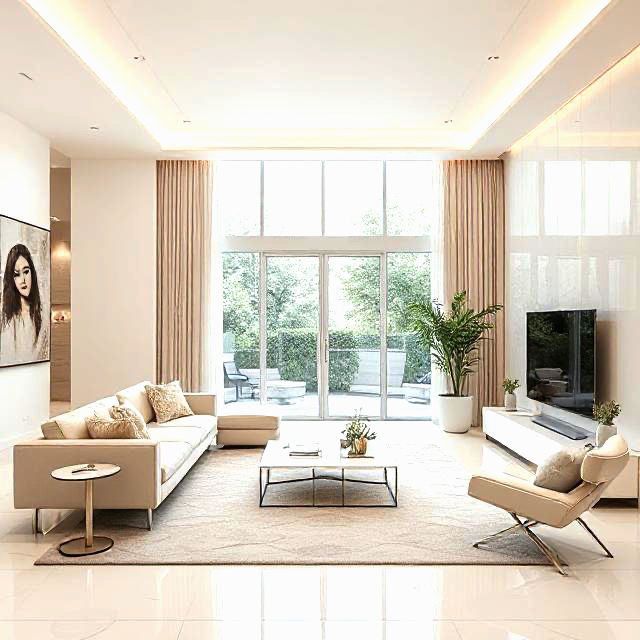Shaping Space: The Rising Importance of Room Dividers in Contemporary Interiors
- ARDENT-SPACE

- Aug 16
- 3 min read
Updated: Sep 18
In today’s open-plan living and working environments, the need to create defined yet fluid spaces has never been greater. Whether in compact urban apartments or expansive offices, people are looking for ways to divide space without sacrificing light, flow, or flexibility. This is where room dividers – once seen as purely utilitarian – have evolved into a central design element, blending function, form, and even biophilic principles.
From Barriers to Bridges
Historically, room dividers were rigid, opaque, and purely functional. They kept spaces separate—but also isolated. Modern design, however, embraces layering, transparency, and adaptability. Dividers are no longer walls; they are bridges between spaces, allowing visual connection while shaping distinct areas for work, relaxation, dining, or play.
By layering textures, tones, and translucency, dividers introduce structure and depth into interiors. They create rhythm, guide movement, and give rooms multiple “scenes” within a single footprint. This layered approach mirrors trends in fashion and art – where dimension and variety create richness.
Biophilic Design and the Sense of Belonging
Biophilic design – the integration of natural elements into the built environment – is reshaping interiors. Dividers can act as frameworks for greenery, dappled light, and organic patterns. When made from sustainable materials and designed to mimic the softness of nature, they tap into our innate need for connection with the environment, improving wellbeing and reducing stress.
molo’s Softwall: The Shape-Shifting Solution
Among the most striking examples of this trend is molo design’s Softwall, created in Vancouver, Canada. Unlike static partitions, Softwall is a flexible, accordion-like structure made from paper or textile with a honeycomb core. Available in pristine white among other finishes, it can stretch from a compressed book-like form to over 15 feet in length, curving and bending into any shape the room calls for. Softwall’s magnetic connectors allow multiple units to join seamlessly, enabling an endless variety of configurations. This adaptability supports the modern lifestyle – where open space offices can be flexibly redefined and living areas can separate workspace, yoga area, or guest bedroom at different times of day.
Layering, Structure, and Depth in Practice
In an open loft, a Softwall can be used to create layers – visually filtering the kitchen from the living area, while still letting light through. Its gentle translucence adds depth without the heaviness of drywall or bulky furniture. In offices, it can define meeting zones without the claustrophobic feel of cubicles. Because it’s available in sustainably sourced paper and recyclable textiles, Softwall aligns perfectly with the biophilic and eco-conscious movement. Its organic curves and light-filtering surfaces soften interiors, offering both privacy and a sense of connection to natural forms.
Why Room Dividers Are Here to Stay
The cultural shift toward flexible, multi-functional spaces shows no sign of slowing down. With remote work, smaller urban dwellings, and a growing appreciation for wellness-focused interiors, room dividers are becoming a must-have design tool. Products like molo’s Softwall prove that practicality and artistry can coexist – transforming simple partitions into sculptural, life-enhancing elements of interior architecture.
Room dividers do more than partition – they shape an experience.
In essence, the new wave of room dividers offers more than spatial separation. They provide a canvas for creativity, a framework for life’s changing rhythms, and a subtle yet powerful way to add layering, structure, depth, and nature into our everyday spaces.





Comments